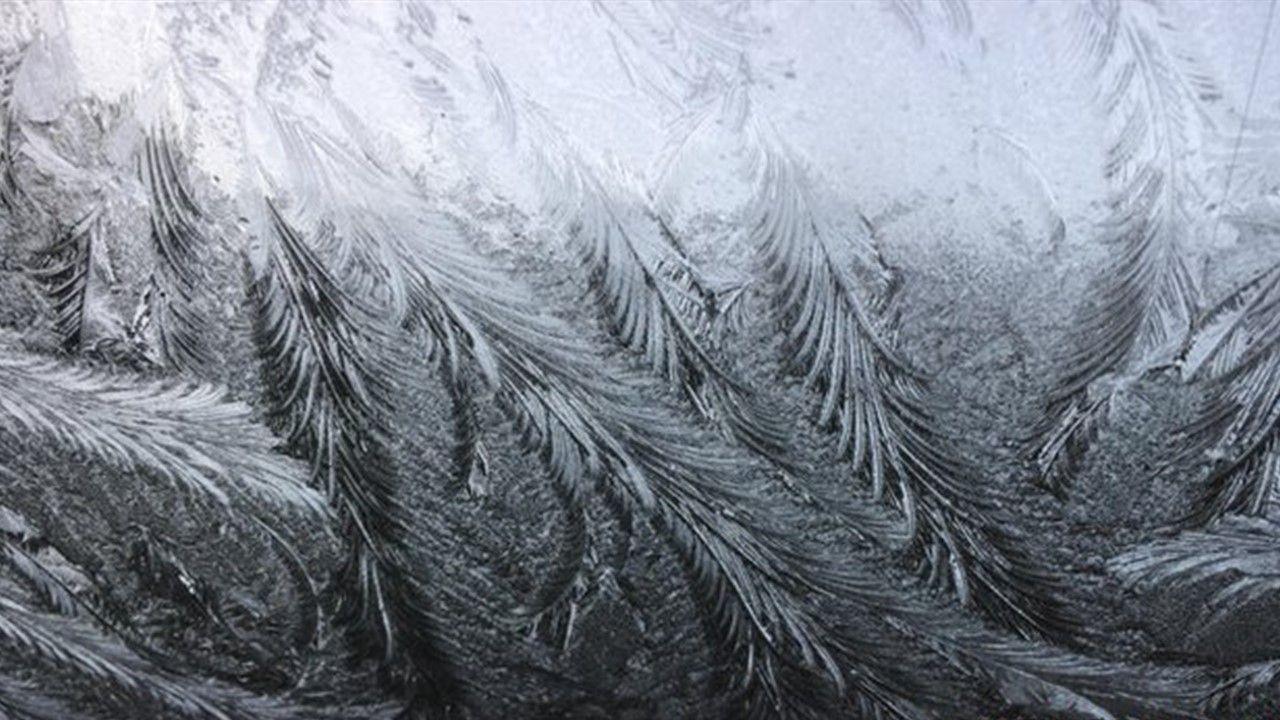What causes different frost patterns?

Pretty leaf frost patterns on a car windscreen in Aberdeen
- Published
Clear nights and plunging temperatures can lead to a thick frost by daybreak and even though scraping the car windscreen is rarely fun the patterns formed by the frost can be beautiful to look at.
For frost to form the temperature of the surface must be below freezing, but why do we get leaf-like designs rather than just a sheet of frost?
The patterns are the result of very tiny imperfections in the glass, such as scratches, specks of dust and salt, or the residue from washer fluid. These variations in the surface affect the way that the ice crystals form and branch out, forming the beautiful patterns captured in some of the images here.
On this car windscreen the frost created snowflake patterns
Other types of frost that we get on cold nights include a hoar frost which forms in a similar process to that of dew - the difference being that ice crystals are deposited, as opposed to water, because the temperature of the surface is below freezing.
Leaves and branches covered in hoar frost
Hoar frosts generally attach themselves to the branches of trees, leaves and grasses, but can also be seen on objects such as gates and flowerpots. Sometimes the deposits can be so thick that it may even look like a dusting of snow has fallen, creating a typical winter wonderland day.
A thick frost can also sometimes be confused with rime. Rime is a coating of ice that forms quickly in very cold and wet conditions.
The white ice that forms is a result of super-cooled water droplets freezing on the edge of surfaces, such as on trees, radio masts and even on parts of ships travelling through the cold, polar regions.
Rime builds up most quickly when the air holds a lot of super-cooled water and when the winds are strong - for example on rocky outcrops on mountain tops.
A festive-looking dusting frost in November in Accrington, Lancashire
To touch, rime feels rough and can be quite dense. It can build up to great thicknesses if cold and windy conditions have persisted for a long periods of time.